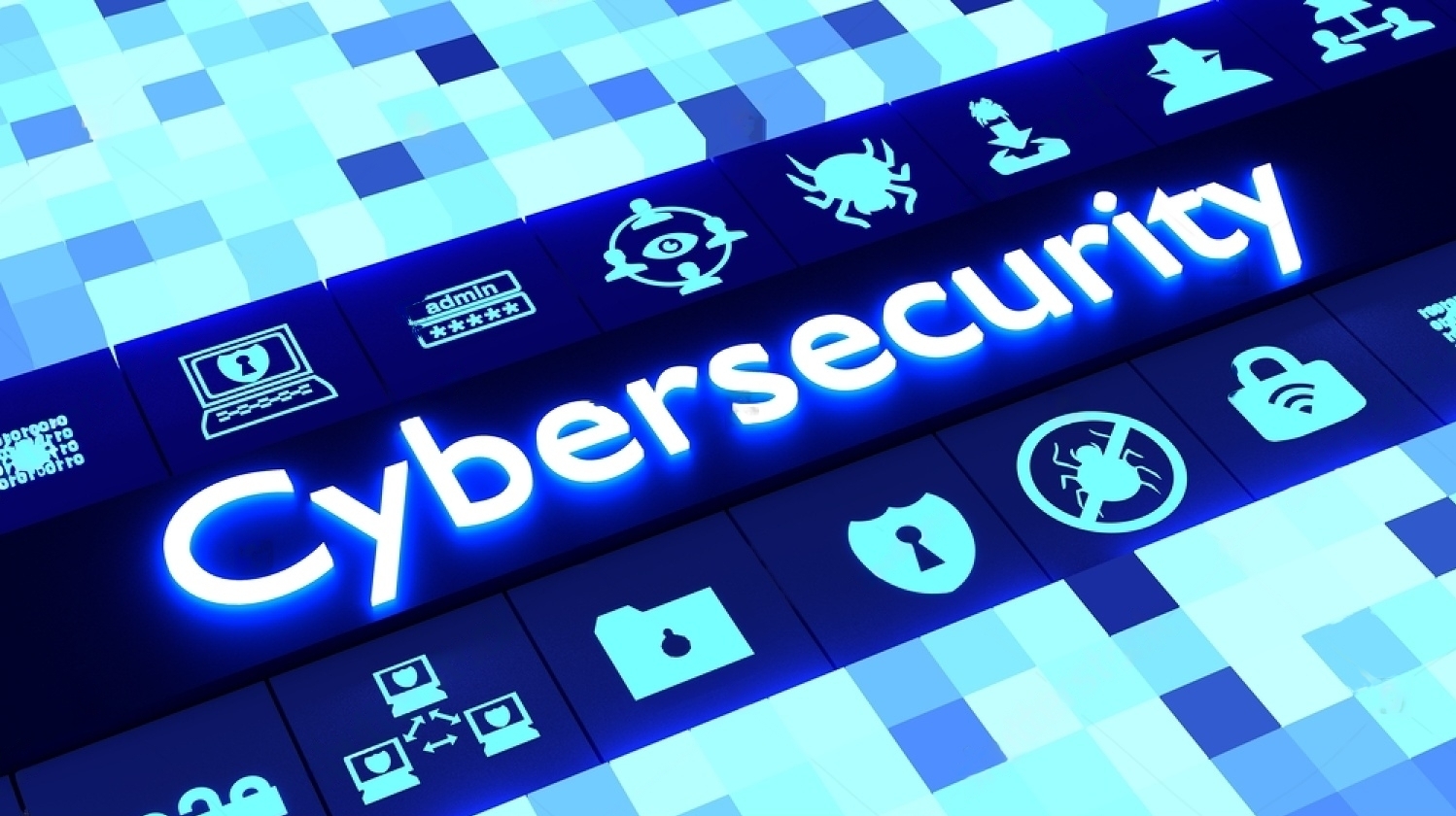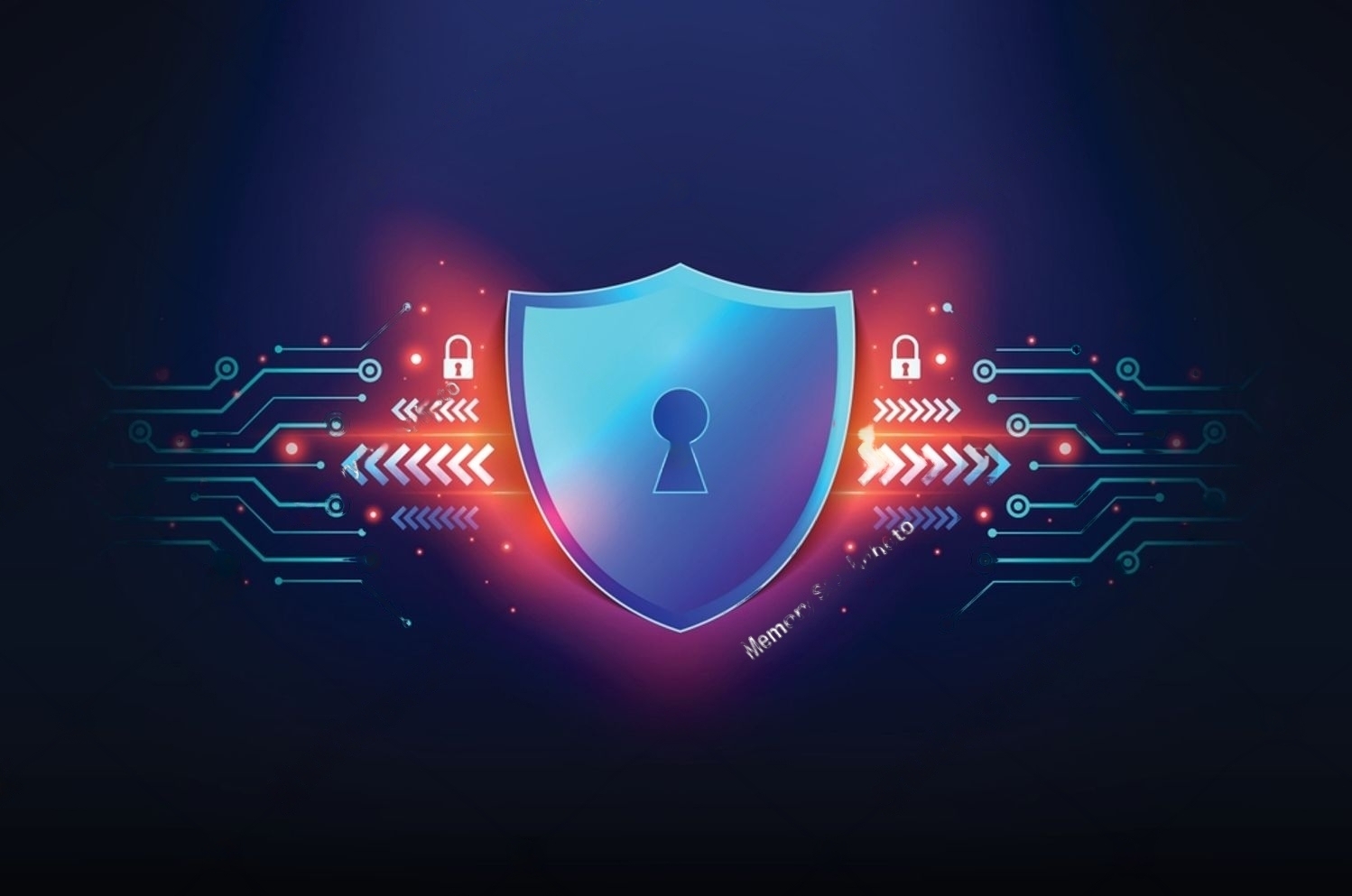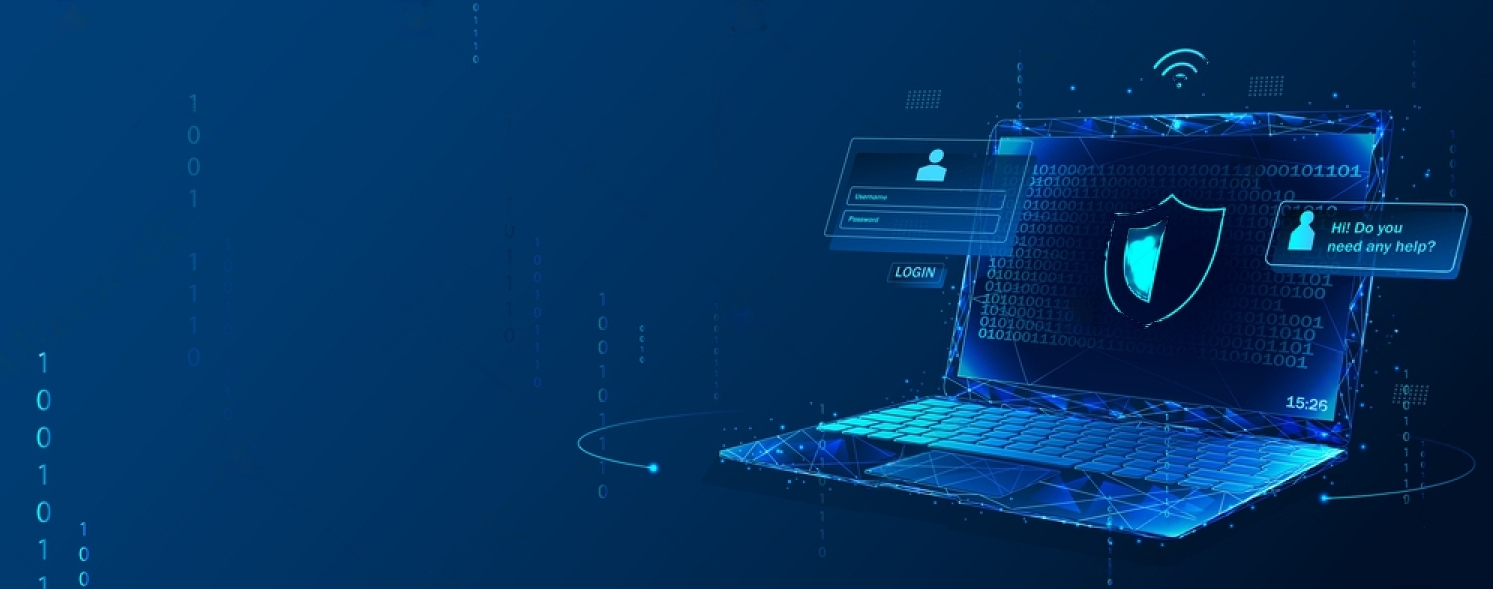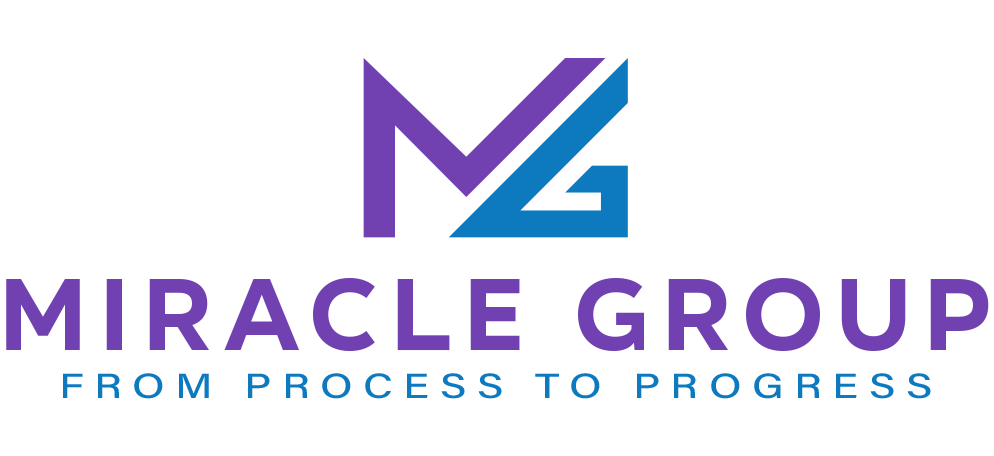Beyond the Basics: Advanced Cybersecurity Strategies Every Business Needs to Know


In today’s world, cyber threats are like weeds in a garden; they keep growing and getting more complex. Basic cybersecurity measures, like a simple fence, aren’t enough anymore. Businesses need stronger defences. This is why understanding cybersecurity best practices for businesses is crucial.
We’re diving into the deep end of cybersecurity strategies. These aren’t your everyday tips. We’re talking about serious, cutting-edge ways to protect your business. Here’s what we’ll cover:
Let’s get ready to turn your business into a digital fortress. With the right strategies, you can shield your business from cyber threats. Stay tuned as we explore how to keep your digital assets safe and sound.
Modern cyber threats are like skilled chess players, always thinking several moves ahead. They use advanced tactics, such as artificial intelligence and machine learning, to automate attacks and increase their effectiveness. This sophistication means that:
The shift from generic, scattergun approaches to highly targeted attacks marks a significant change in the cyber threat landscape. Cybercriminals now conduct thorough research on their targets, customising their attack methods to exploit specific vulnerabilities. This shift has several implications for businesses:
This new age of cyber threats demands a robust response. Businesses must adopt advanced cybersecurity strategies that go beyond traditional antivirus software and firewalls. This includes:
Cybersecurity best practices for businesses are more important now than ever. Why? Because cyber threats have gotten smarter and more sneaky. Let’s break it down:
Key Takeaways:


SOAR platforms integrate various security tools, creating a unified system for managing cyber threats. This integration allows businesses to:
Adopting SOAR offers numerous advantages for businesses aiming to bolster their cybersecurity defences:
While the benefits of SOAR are clear, successful implementation requires careful planning:

Securing Access to Sensitive Resources
Advanced IAM systems provide a comprehensive framework for managing user identities and their access to business resources. They play a crucial role in:
Advanced IAM solutions offer a range of features designed to provide secure and efficient access management:

Cybersecurity consultants play a crucial role in guiding businesses through the complex process of implementing advanced cybersecurity measures. They provide expertise in:
Cyber threats are like the flu; they keep changing and can hit anyone, big or small. Just like we need shots to keep us safe from the flu, businesses need strong cyber shields to keep their data safe. Here’s why:
Think of cybersecurity like a sport. You have to keep practising to stay good at it. Here’s how businesses can keep their game strong:
Now that we know why cybersecurity is super important and how to keep getting better at it, it’s time to take action. Remember:
The call to action is clear: it’s time for businesses to review their cybersecurity strategies and integrate advanced solutions to safeguard their operations. By adopting cybersecurity best practices for businesses, you’re not just protecting your own interests—you’re contributing to a safer digital ecosystem for everyone.
Your business deserves the best defence against cyber threats. By taking proactive steps today, you can secure your digital assets and customer data against the cyber challenges of tomorrow. Let’s embrace these best practices and move forward with confidence.

Ignite startups with dynamic software. We’re more than developers; we’re dream catalysts. Empower bold ideas. From inception to launch, trust our expertise. Let’s make your startup dream reality. HIRE US.
